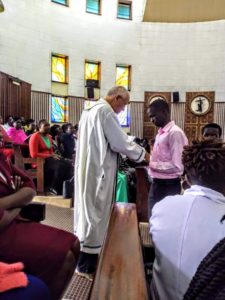 This year the World Day of the Sick was not celebrated in the cathedral of Nairobi because for about two years it has not been possible to use the square behind the basilica because of the construction of an underground four level mega-car park by which the archdiocese will try to support economic self-sufficiency, together, naturally enough, with other projects.
This year the World Day of the Sick was not celebrated in the cathedral of Nairobi because for about two years it has not been possible to use the square behind the basilica because of the construction of an underground four level mega-car park by which the archdiocese will try to support economic self-sufficiency, together, naturally enough, with other projects.
The Sanctuary of Mary the Helper
The celebration of the World Day of the Sick was moved from Monday 11 February, the liturgical memorial of Our Lady of Lourdes and the World Day of the Sick, to Thursday 14 February at the Marian Sanctuary of Mary the Helper of Upper Hill, a hill that overlooks the metropolis of Nairobi, which has over four million inhabitants. To say the truth, this hill by now is an integral part of the city, whose outskirts are growing excessively every day. This is a sanctuary that was built about twenty years ago by the Congregation of the Salesians. In 2015, to commemorate the second centenary of the birth of their Founder St. John Bosco, the Salesians enriched the sanctuary with a precious crystal urn that contains the body of the saint (naturally it is simply a simulacre placed there for the devotion of the faithful). The sanctuary is very evocative, with its cupolas, its mosaics and its interplay of light. The internal architecture is in a ‘bowl’ form as a result of which after entering the principal door you go downwards, as if one was going down the steps of a stadium.
The celebration was presided over by the Auxiliary Bishop Msgr. David Kamau, with the presence of about twenty concelebrating priests. There were five Camillians present around the altar. More were planned but some had to go to the funeral of the mother of our religious Godfrey Wanyelo who was buried on the same day.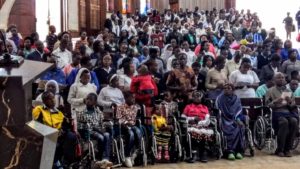
The Sacrament of Anointing
The concelebrating priests made themselves available for the ministration of the sacrament of anointing of the sick to patients who took part in large numbers in the event. The sanctuary was full of the faithful, representatives not only of the patients but also of the hospital personnel, volunteers, seminarians, and men and women religious. The ministration of the sacrament of the anointing of sick took up a large part of the liturgical celebration given that practically everyone received the anointing with oil, whether they were sick or not. During the course of his homily the bishop emphasised that we are all sick and frail, in one way or another. He himself was the first to receive the sacrament of anointing and then he ministered it to the priests who were present. Hundreds of faithful were presented to receive the sacrament. Amongst them were many young seminarians, sisters and nurses, as well as children in their mothers’ arms. On one occasion I took the liberty of not ministering the anointing to a very little child given that the sacrament – according to the precepts of the Church – should be ministered to those who have the use of reason. If only I hadn’t! I had to endure the rebukes of his mother who asked why her child was being excluded from such a powerful medicine! At this point, the catechetic instructions imparted to her at the right moment were of little moment!
The Camillian Choir
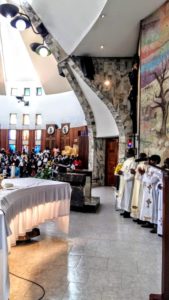 The Camillians had been asked to contribute to the celebration in a specific way, that is to say through the presence of a choir to accompany the liturgical songs. Indeed, for about ten days before the event our seminarians and novices (who were in Nairobi for a course of formation) joined sisters of the women Ministers of the Sick to practise various songs, most of which were in Swahili. They gladdened the whole ceremony with decorum. This was a very much deserved ceremony for all the sick people who took part and had come from various hospitals of the city, such as the Kenyatta National Hospital, the Mater Misericordiae Hospital, or the Nairobi Hospital. Such a morning was more than due to our ‘lords and masters’!
The Camillians had been asked to contribute to the celebration in a specific way, that is to say through the presence of a choir to accompany the liturgical songs. Indeed, for about ten days before the event our seminarians and novices (who were in Nairobi for a course of formation) joined sisters of the women Ministers of the Sick to practise various songs, most of which were in Swahili. They gladdened the whole ceremony with decorum. This was a very much deserved ceremony for all the sick people who took part and had come from various hospitals of the city, such as the Kenyatta National Hospital, the Mater Misericordiae Hospital, or the Nairobi Hospital. Such a morning was more than due to our ‘lords and masters’!



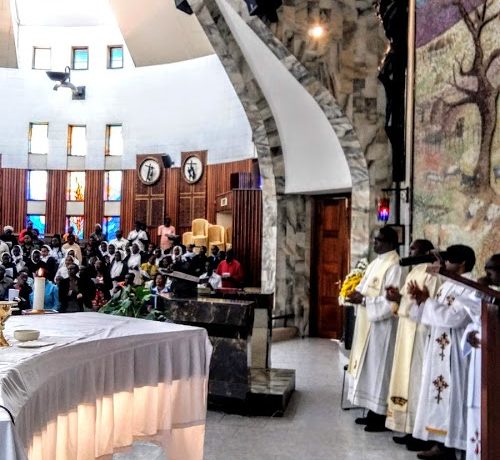






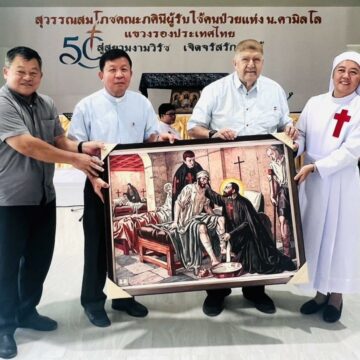
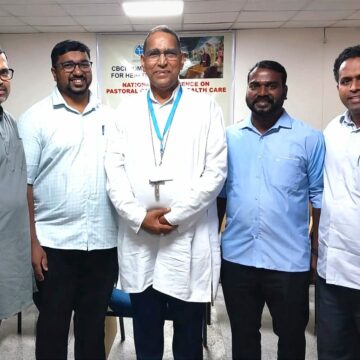
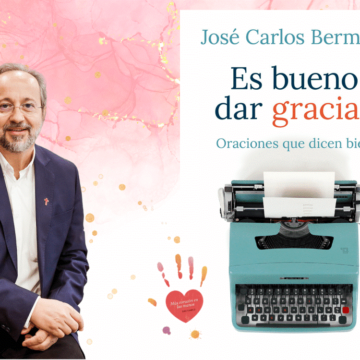

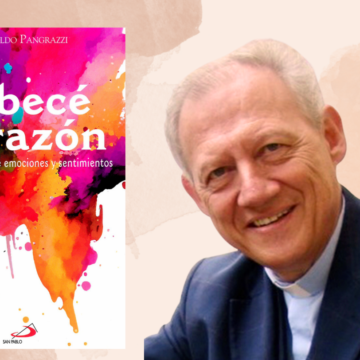
Camillians on Facebook
Camillians on Twitter
Camillians on Instagram